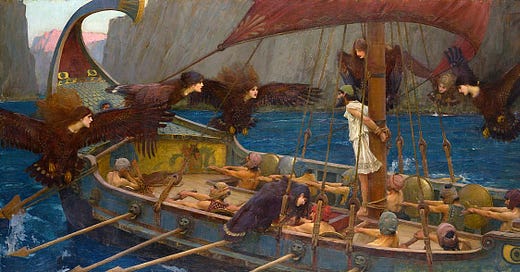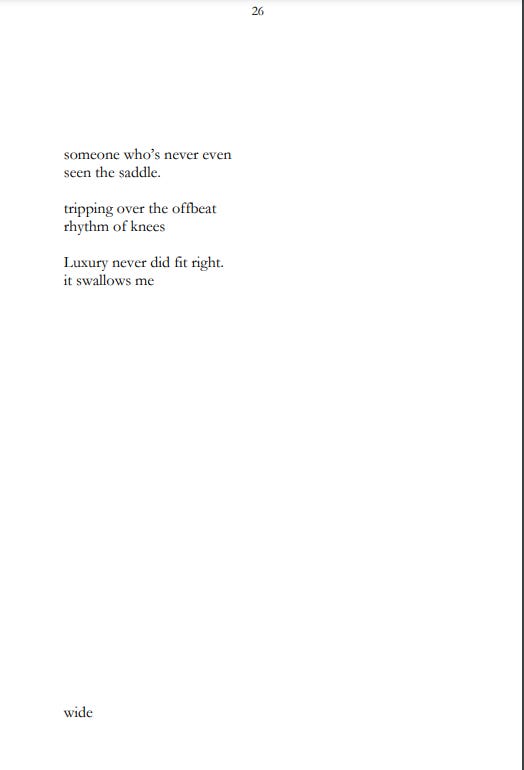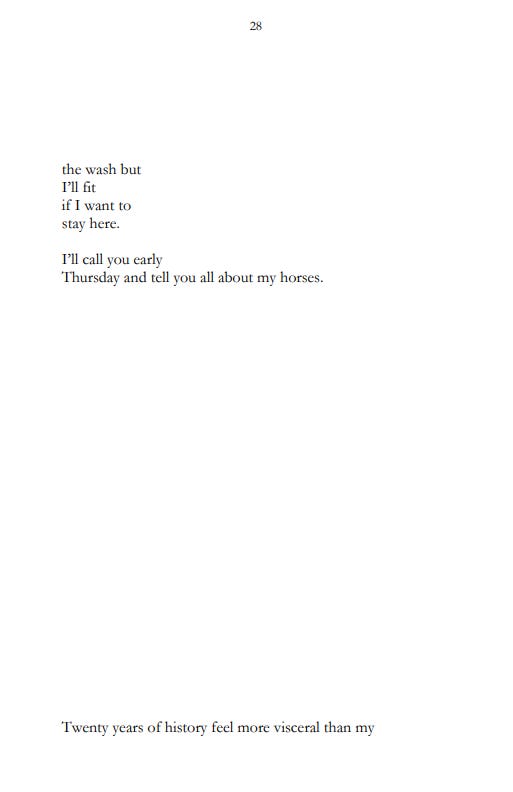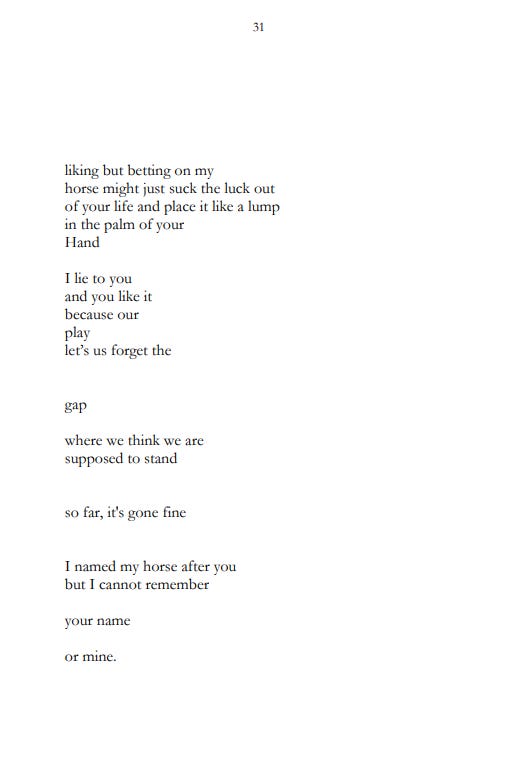I’ll get right to it…
This week, I got to announce that I signed a two-book deal for my second and third books with Invisible Publishing. Bird Suit, a lakeside gothic folktale novel about memory, intergenerational trauma, faith, and Homeric sirens, will be published in Spring 2024. Bad Kids, an essay collection about my experience of dissociative identity disorder through a pop culture lens, will be edited by award-winning author Alicia Elliot and published in Fall 2025.
I started the first draft of Bird Suit in 2019, while I was an emerging artist-in-residence at the TAP Centre for Creativity in London, Ontario. Then, it was strange fiction choose-your-own-adventure podcast script about Southern Ontario tourist towns and how sirens are actually bird women, not mermaids.
It's still that, but it's also a love letter and death threat to being twenty, and several healing attempts in a trench-coat, and a prayer labyrinth for heretics. It’s full of taxidermy, liturgy, poetry, and mysterious tourist shops and lighthouses. It’s an experiment in asking questions that don't always have answers.
The book has since been through three full rewrites, seven drafts, several grants, two writing groups, a personal religious homecoming, and a city move. A tweet about it brought me to my agent. The writing of it taught me how to write all over again.
I started writing Bad Kids this year, when only a few select people in my life knew about my dissociative identity disorder. The collection is an exploration, cultural criticism, deconstruction, and homecoming to the seminal movies, tv shows, music, books, and podcasts that have shaped me—shaped us—through life. The essays follow the development of DID from a first-person perspective in tandem with and inseparable from the media I consumed growing up, and individual essay topics include gender-based violence & V.C. Andrews’ Flowers in The Attic, time travel, trauma memory, and queerness in Sailor Moon, kink and the tumblr glorification of Lana Del Rey’s Born to Die, and many others.
Both books are about remembering, and how that remembering shapes who we are.
I've heard of memory described in many different ways. Traumatic memory, in particular, is often thought of vertically. Whether you see your memory as an iceberg in which the majority of the unconscious is below water, or a spiral staircase that you descend in order to reach a dungeon of the things you can’t bear to acknowledge, you “dig deeper” to remember things that are farther back in time.
This is how Freud approached psychoanalysis in his early career: conscious, everyday awareness at the top, and core, traumatic memory at the bottom, separated from one another.
This isn’t really how dissociative disorders work—particularly DID.
When alternate states of consciousness (alters) split from one another as a result of trauma, their amnesiac separation is more horizontal. Some alters will split the tasks and memories of daily life (these are called ANPs or Apparently Normal Parts), some will keep traumatic memories hidden from others (these are called EPs or Emotional Parts) and some alters will not cleanly fit into either category, existing both to fulfill a daily role and to hold traumatic memory. There is separation between alters in the form of dissociative amnesia (on a spectrum), but the key is that the trauma is not a locked and buried chest that needs to be dug up—it is spread out across parts, and healing takes the form of slowly breaking down the barriers between them.
Even before I knew I had DID, I likened my life to a Kentucky Derby, pockets of memory and identity siloed off and separated by sections of a metal starting gate.
Some of my memories felt like my own, and I could look back down my lane and remember how I felt when I experienced certain events. But this wasn't the case with all my memories. In some, I felt like a spectator, able to see events without an emotional connection, like looking over the divider in the lane beside mine. Other memories were secondhand, like knowing that there was horse with a red saddle two sections down the starting gate from me, but not being able to see it. Then, there were the memories I didn’t even know about—the horses so far down the gate that I didn’t know they were there.
Daily life with DID is this race: each horse in their own lane, and all lanes together equating to an entire track, or an entire experience of a life.
There’s a poem in my new chapbook with 845 Press, The Last Thing I Will See Before I Die, called “Horses”. I wrote it in my third year of university, before I knew I had DID. I asked my roommate at the time what I should write a poem about and she said “horses”, so I did. The poem is an early work—I can tell that I’m still finding my poetic voice in these lines— but it’s interesting in hindsight because it’s clear to me that I was grappling with my identity inconsistency and dissociative amnesia:
Thank you for joining me on this strange memory race.
With love,
Syd
https://www.sydneyhegele.com/
Email: sydneyhegele@gmail.com
Twitter: @sydneyhegele
Instagram: @sydneyhegele
















